A motorsport-inspired quest for Paralympics Perfection in Paris
An extraordinary athlete will once again achieve her impossible in Paris next month, when Andrea Eskau takes on another Paralympics challenge with her motorsport-inspired handbike, designed and built by TOYOTA GAZOO Racing Europe (TGR-E).
Andrea will compete in road cycling in Paris, her fifth summer Games to add to her three appearances so far at the winter Paralympics, at the age of 53. A multiple World and European champion, Andrea has already won eight Paralympic gold medals since her first Games in 2008.
However, success for the German athlete – appropriately nicknamed “Tiger” – is not measured in medals; it is her single-minded determination to achieve her maximum performance. That is the foundation for a cooperation with TGR-E which has flourished for more than a decade.
“Winning for me is not the most important thing,” says Andrea, whose parasports journey began in 1998 during rehabilitation after a life-changing cycling accident. “The development of myself, my equipment, and my performance is most important to me. I want to be the best that I can be in my races.”
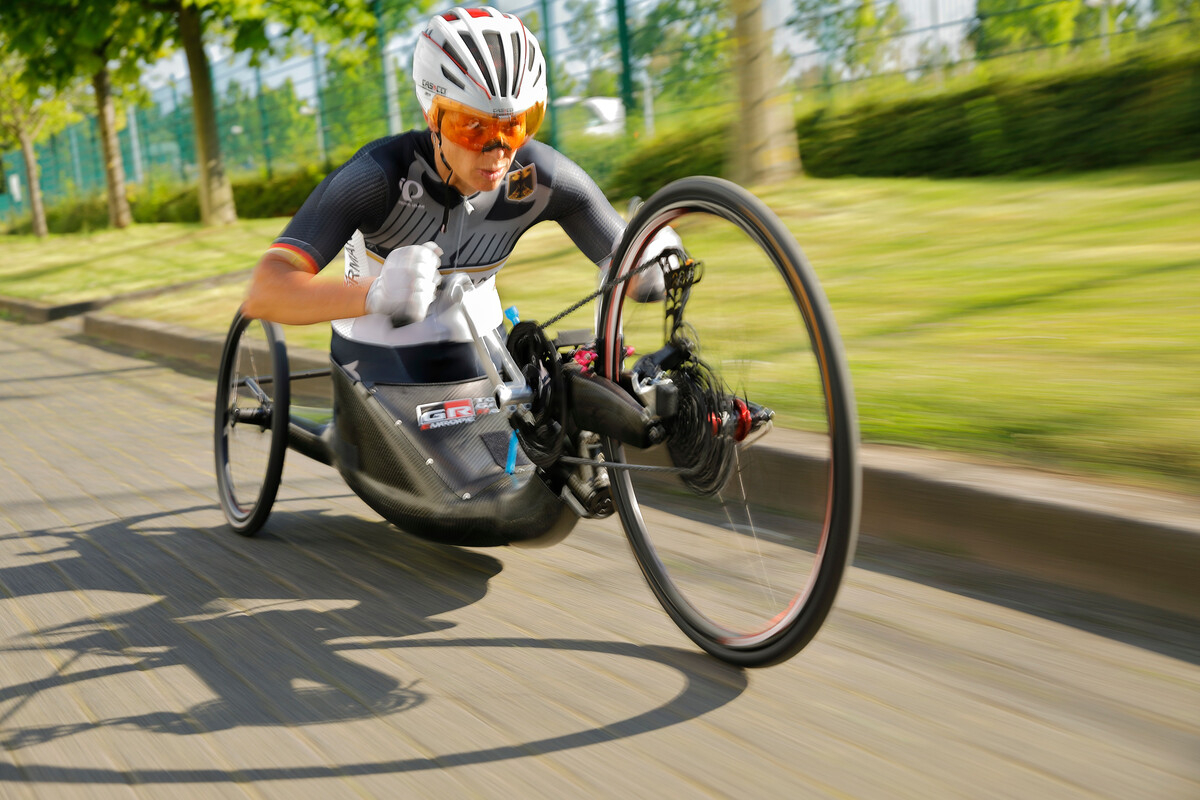
In Paris, four days of road cycling competition begins on 4 September, when Andrea will take the wheel of a handbike developed by TGR-E, an advanced motorsport and automotive development centre in Cologne, Germany. The handbike is a one-of-a-kind prototype, constructed from motorsport-inspired carbon fibre reinforced plastic (CFRP) and tailored precisely to Andrea’s exact requirements.
The TGR-E engineers and craftsmen responsible are more familiar with building champion race cars, such as the hybrid-powered prototypes which won the Le Mans 24 Hours five times, and currently fight for a sixth FIA World Endurance Championship crown. But no matter the environment, central to every sporting success is the athlete, and TGR-E’s World Championship success is based on a driver-focused approach, and this is the ideal basis for its cooperation with Andrea.
“My relationship with Toyota is successful because we are working really together,” Andrea said in the preparation phase for the Paris Paralympic Games. “We are on the same page, and we work closely together through every step of the development of the equipment. It is truly a partnership, and I am always involved; it is about what I really need.”
TGR-E’s first project with Andrea, to create an ergonomic seat insert in 2012, was the seed which grew into a long-term partnership, fuelled by the passion of an incredible athlete and TGR-E engineers keen to support her. Two gold medals at London 2012 showed the potential of the cooperation, and new projects were soon in the pipeline: a complete ski sled for Andrea’s Winter Olympic challenge and an all-new handbike for the summer Games.
The first evolution of the handbike debuted at the 2019 World Championships in Emmen and later ran in the Tokyo Olympics in 2021, while a revised version will take on the streets of Paris, after TGR-E finetuned the design based on Andrea’s experiences so far, and following process well established in its motorsport activities.
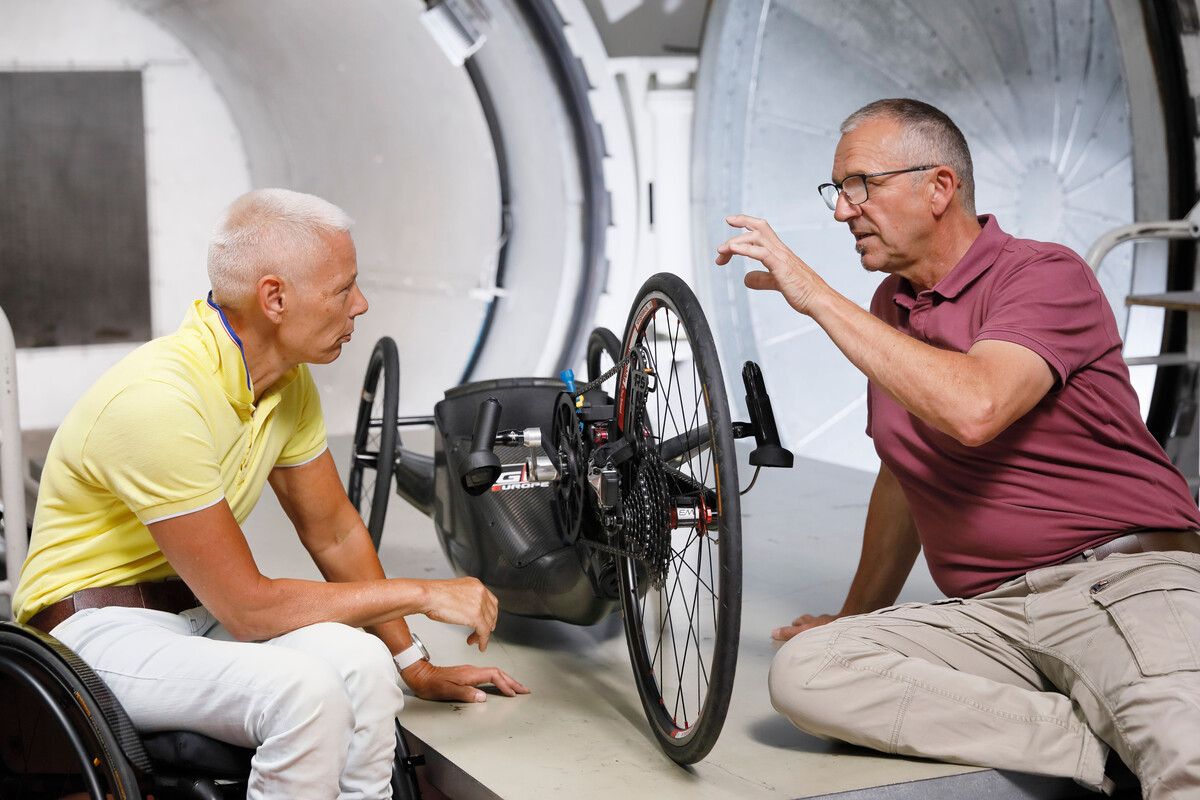
“The key to be successful in motorsport and Paralympics is to understand the requirements, understand the regulations and listen to the athlete,” says Norbert Schäfer, parasports project commercial manager at TGR-E. “We have to ask and then understand, so we can meet the athlete’s requirements. To build the best possible device for Andrea is a challenge, and that’s what we enjoy. We want to achieve her impossible.”
Andrea’s is not the only Paralympic journey taken alongside TGR-E this year. Shot-putter Tyrone Pillay’s appeal for a new prosthetic leg was answered in Cologne, putting him into contention for the South Africa squad in Paris.
“I broke my prosthetic leg in 2023 and unfortunately no one wanted to help me,” says Tyrone, a bronze medallist in Rio de Janeiro in 2016. “TGR-E put their hands up and from the moment we collaborated, it has been the perfect match. The team was amazing; they wanted to listen to what I needed and in doing so they designed the best prosthetic leg I’ve ever had.”
A bespoke prosthetic leg was constructed, eliminating the pain he experienced with his previous device. Roger Kirschner, TGR-E’s lead parasports engineer, explains: “Tyrone had bruises around the prosthesis. It was difficult to see and, for me, not acceptable. So, we made a concept change and adjusted the fixation to create a device which is absolutely tailor made. This achieved a good response when competing and no pain when Tyrone is walking; this was a must. An athlete must be comfortable in what they are doing.”
Sadly, Tyrone’s dream of challenging at a third Paralympic Games was not to be. Despite his rigorous preparations, he was not one of the nine athletes South Africa were permitted to nominate for Paris.
While Tyrone must join the enthusiastic TGR-E parasports team in watching the Games from afar, Andrea will represent the whole Toyota family with pride, continuing her quest for Paralympic perfection. “I am really looking forward to competing in Paris with this new equipment, which has had a lot of adjustments. I am really happy with my equipment and now I want to perform,” she says.


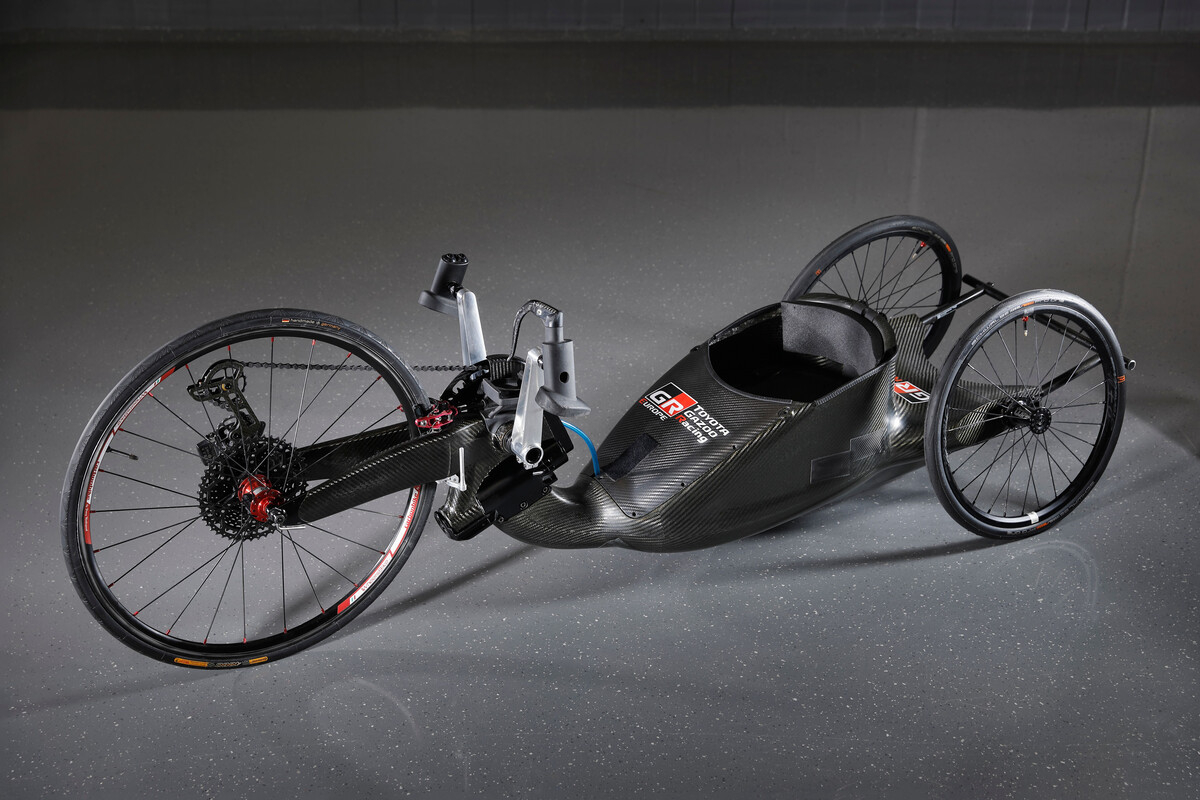
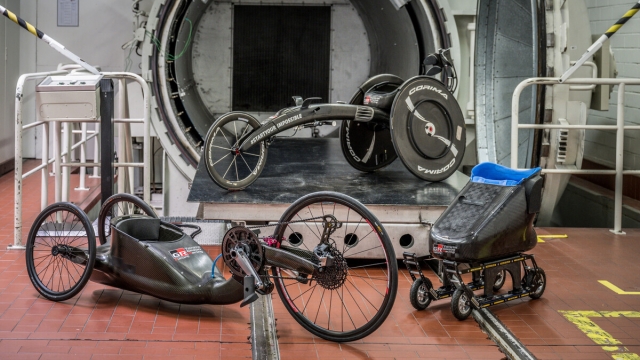
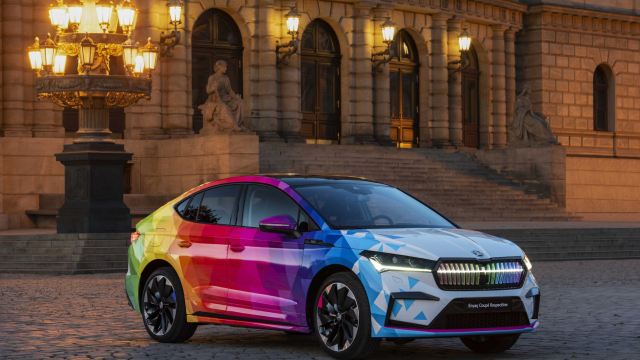
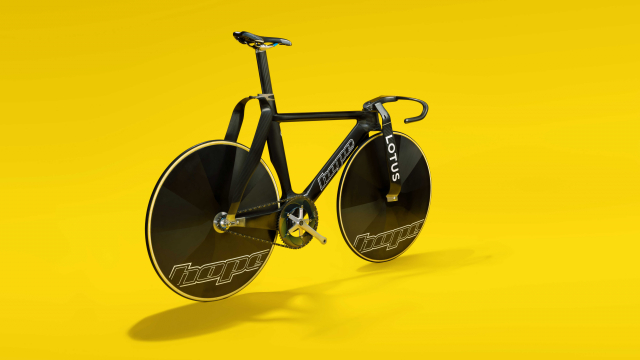
Comments
Log in to comment the article